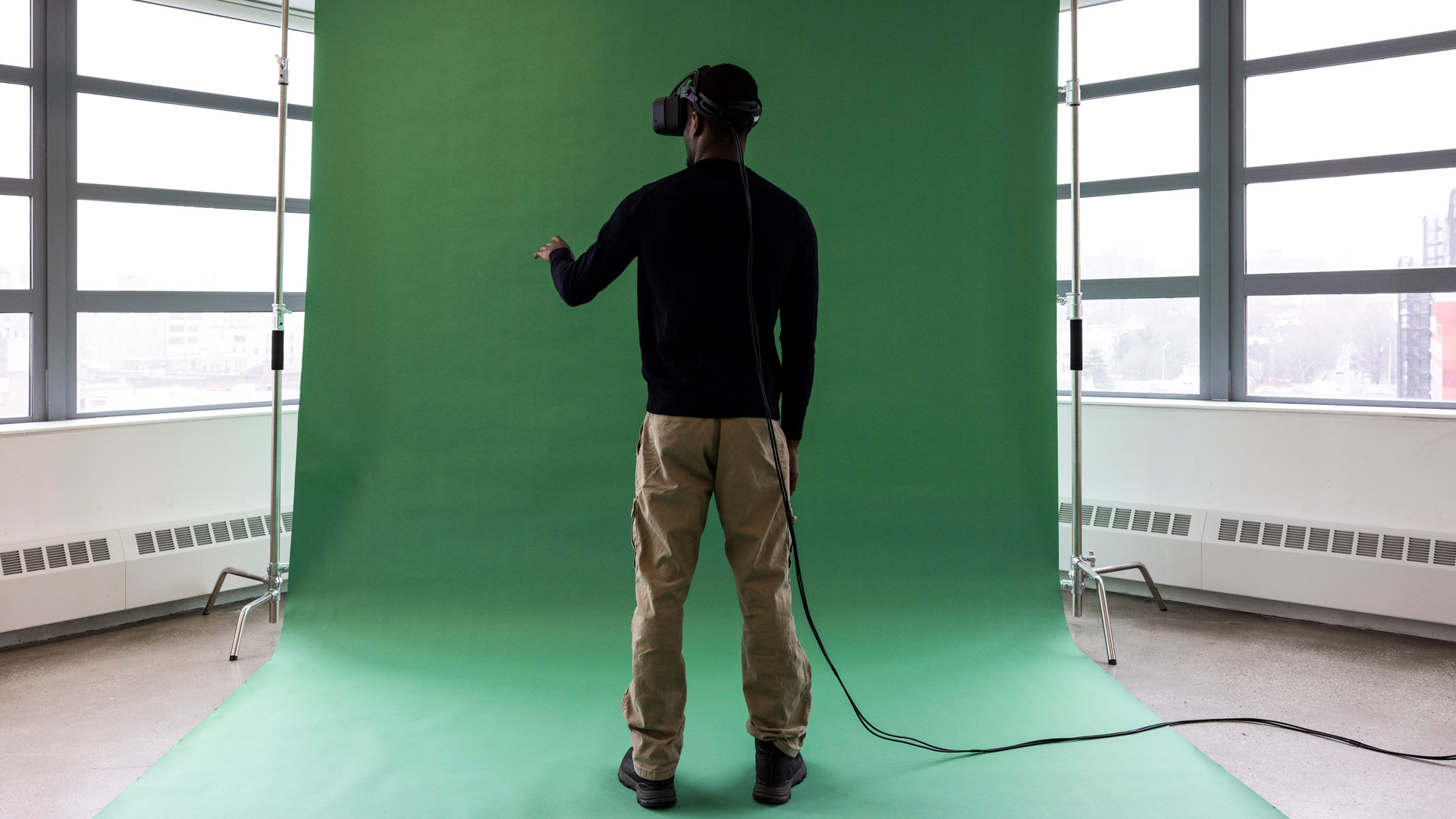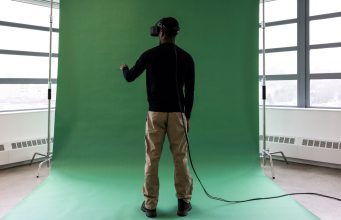
Varjo’s Developer Discount Program and Cutting-Edge Features

Industry Direct by Varjo
Industry Direct is our program for sponsors who want to speak directly to the Tech Live Trends newsletter audience. Industry Direct posts are written by sponsors with no involvement from the Tech Live Trends editorial team. Links to these posts appear only in our newsletter and do not intermix with our on-site editorial feed. Industry Direct sponsors help make Tech Live Trends possible.
As VR/XR technologies evolve, developing immersive applications is becoming significantly more feasible and filled with new possibilities. There has never been more opportunity for pioneering new content and solutions that can significantly contribute to the VR/XR landscape.
Varjo is dedicated to supporting developers in their journey to create impactful immersive content for end users. Varjo’s new Developer Discount Program offers significant benefits to developers and content studios at the forefront of the industry. Until July 31st, developers are invited to apply to the program as individuals or on behalf of their organization to access substantial discounts and free setup support for all Varjo headsets and services.
Shaping content with Varjo opens the door to a new world of possibilities. Mixed reality has already carved a niche for itself across various industries worldwide, serving as an invaluable tool to design, build, and train with unmatched efficiency and realism. Next, we’ll explore different advanced features in mixed reality applications and learn how various organizations are harnessing the power of XR on a daily basis.
Are you developing content with Varjo? Join our Discord community to stay informed and gain new insights.
Mixed Reality Masking
With mixed reality masking, you can use any virtual object in your scene (plane, cube or complex mesh) to act as a “window” into the real world. This is especially useful if you want to bring real-world elements, such as instruments or controller devices into the virtual environment through one or many “windows”. For example, in flight simulation use cases, you can display a virtual flight scenario outside the cockpit, while simultaneously showing the real-life cockpit and the physical controls to the user.
Chroma Keying
Chroma keying involves removing a specific color (usually green or blue) from the background to overlay one image or video onto another. It enables high precision occlusion of virtual objects by real objects and is particularly useful in scenarios where accurate visibility of real objects is essential. Chroma keying can be applied to any VR application on the Varjo headset without modifying the code, making it versatile for various applications like racing setups, flight or driving simulation, training rooms, and much more.
Real-time reflections in mixed reality
Varjo XR-3 has the capability to use the video pass-through camera feed to create lighting conditions and reflections that match those in your current real-world location. This is extremely useful when blending virtual content with the real world, making the scene appear more natural and realistic. One practical application of this are design use cases, such as automotive or interior design, where digital objects should match their real world equivalents as accurately as possible.
Hand Tracking and Eye Tracking
Hand tracking allows you to interact in virtual and mixed reality environments without separate controllers. With hand tracking, you use your hands to control the virtual environment just as you would interact with the physical world. Varjo XR-3 and VR-3 headsets come with integrated Ultraleap hand tracking technology.
Varjo headsets also feature the fastest and most accurate integrated eye tracking at 200 Hz. Eye tracking allows recording and studying eye movements in virtual and mixed reality applications. It is used widely in different kinds of research and training to examine where the headset user is looking.
Multiapp
Did you know that you can already run multiple Varjo applications simultaneously? Varjo’s Multiapp feature allows users to simultaneously run multiple applications, each potentially utilizing different engines or image generators. This enables unique combinations, like using one application to render terrain and another for cockpit details or hand-tracking. Additionally, a second non-rendering application can access data, such as eye-tracking information, while another app handles the visual output.
▸ Interested in learning more? Read the full blog post at Varjo.com
▸ Apply to the Varjo Developer Discount Program by July 31st to unlock significant discounts on Varjo products and services


